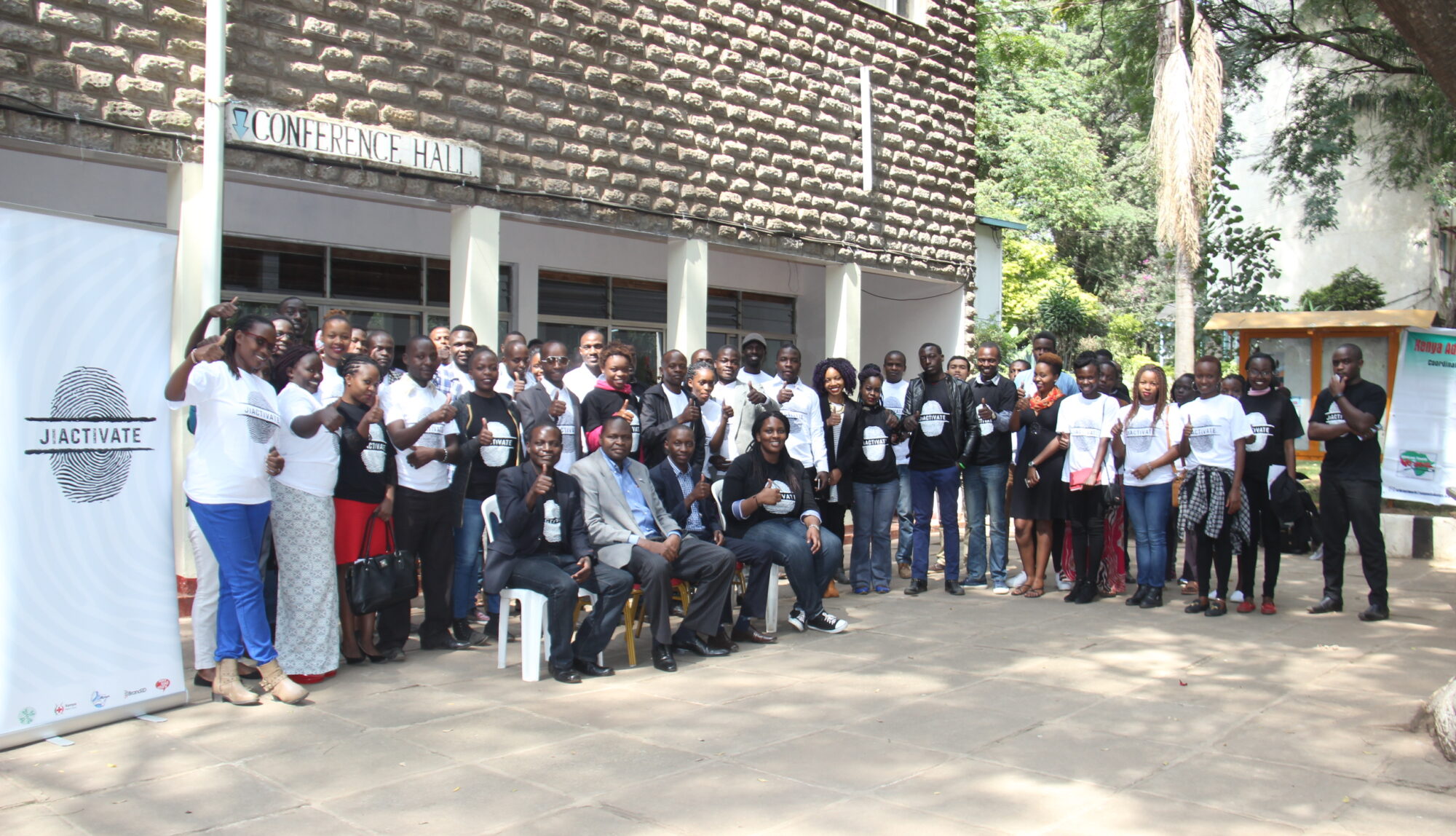HIV and Adolescents well-being

Adolescents and young people have high rates of new cases of HIV/Aids globally. According to UNICEF, in 2020, 410,000 young people between the ages of 10-24 were newly infected with HIV, with 150,000 being adolescents between the ages of 10-19. Less than 25% of these adolescents have been tested for HIV in the past 12 months, and know their status.
In Kenya, adolescents and young people aged 15-24 accounted for 35% of new infections, with young women leading with two-thirds of the infections. The high rates of new infections in young women, as opposed to young men, are majorly contributed by more vulnerability and exposure of women to sexual abuse. Factors that lead to the rise of new HIV infections in young people include gender inequalities, difficulties in accessing services i.e. lack of youth-friendly services in most public health centers, and poverty which leads the youth to commercial sex for survival leading to the increase in teenage pregnancies and HIV infections.
HIV/Aids, directly and indirectly, affects the well-being of adolescents, that is, infected adolescents or adolescents with infected parents/caregivers. The stigma associated with HIV affects the competency of these adolescents leading to poor performance in class while some drop out of school. It also affects their confidence and self-esteem which results to withdrawal from their peers and their environment. Most of these adolescents experience mental issues and emotional damage that may affect them in the future.
OAY, through the Adolescents Well-being Project has been working closely with key stakeholders to mentor adolescents and collect, and amplify their voices on issues affecting them to advocate and ensure their well-being. The program focuses on five domains that contribute to wholesome adolescent wellbeing. These are Good Health & Optimum Nutrition, Connectedness, positive values & contribution to society, Safety and Supportive environment, Learning, competence, education, skills & employability, and Agency & resilience. In the health domain, we have been including sexual reproductive health. It’s important to educate adolescents on SRHR to ensure that they are well informed to make informed decisions about their sexual reproductive health and take the right action when sexually abused or when they see their peers being abused. This will reduce the cases of HIV transmission through abuse.
Director-General Mbadi in his address during World AIDS day celebrations in Mathare stated that NMS is in the process of building a safe house for victims of gender-based violence. It will be a good step towards protecting victims. It will ensure that victims take their time to heal and cope with the trauma through therapy and counseling and that they don’t go back to their abusers.